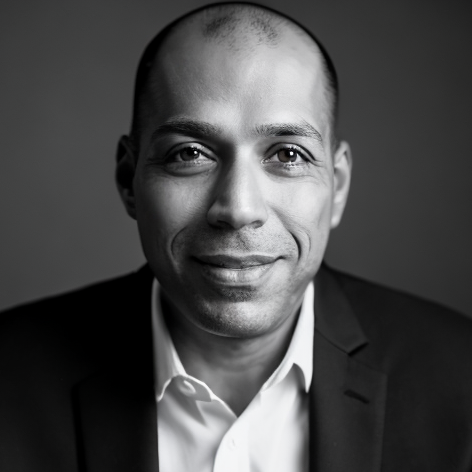
Kuda is the National Executive co-champion of the Asian Pacific American Employee Resource Group and supports Comcast Cable DEI and National Advisory Council teams on areas of opportunity and investment strategies regarding APA employees across Comcast Cable. He is actively involved in multiple mentoring programs within Comcast—from Mentor 3 program in the Xfinity Consumer Organization focused on employees who are looking to expand their mentors outside of their groups to the ERG mentoring program for ERG leaders within the company.
What does work-life balance mean to you? I don’t see work-life balance as a strict division between work and personal life, but rather a harmony between the two. The goal is to achieve flexibility and autonomy, allowing me to prioritize effectively, engage meaningfully and continuously learn and grow.
What’s your boldest prediction about your industry in the next 10 years? I predict that in the next 10 years connectivity will become ubiquitous, with reliability being paramount. As technologies converge – such as 6G (100x faster than 5G), integrated AI and Machine Learning, and universal coverage via Satellite mega-constellations – the shift from the Internet of Things to the Internet of Senses will integrate sensory experiences like touch, smell, and taste with haptic feedback. This evolution will push connectivity to new limits, enabling ultra-reliable, low-latency applications like real-time augmented reality, holographic communications, and human machine interfaces.
Who would play you in a movie about your life? Kevin Costner would play me in a movie about my life. His versatility, relatability, authenticity, and overall talent make him perfect for the role.